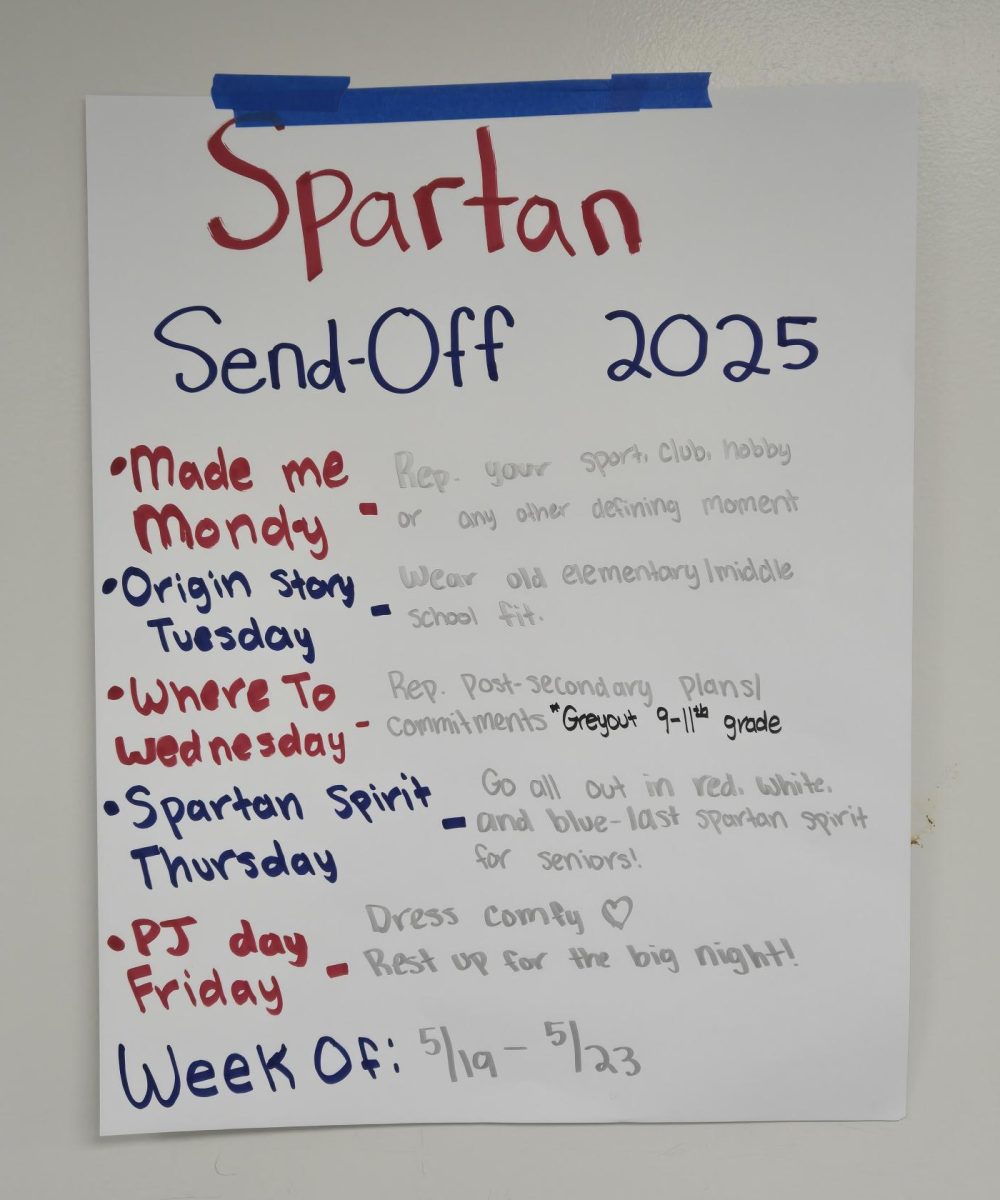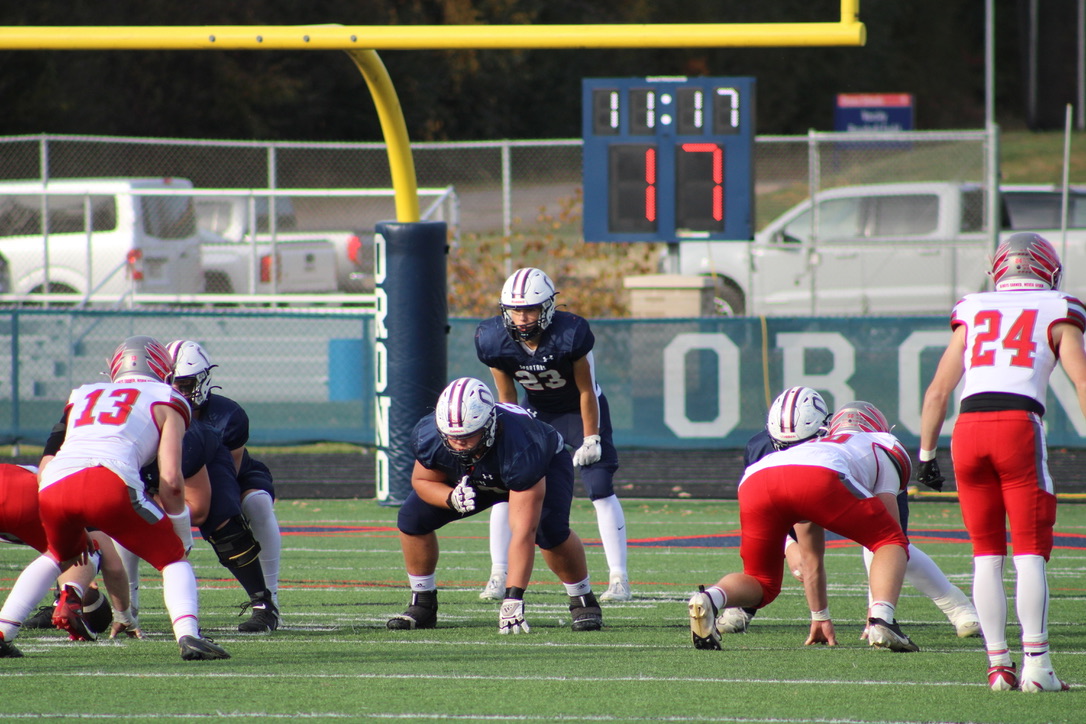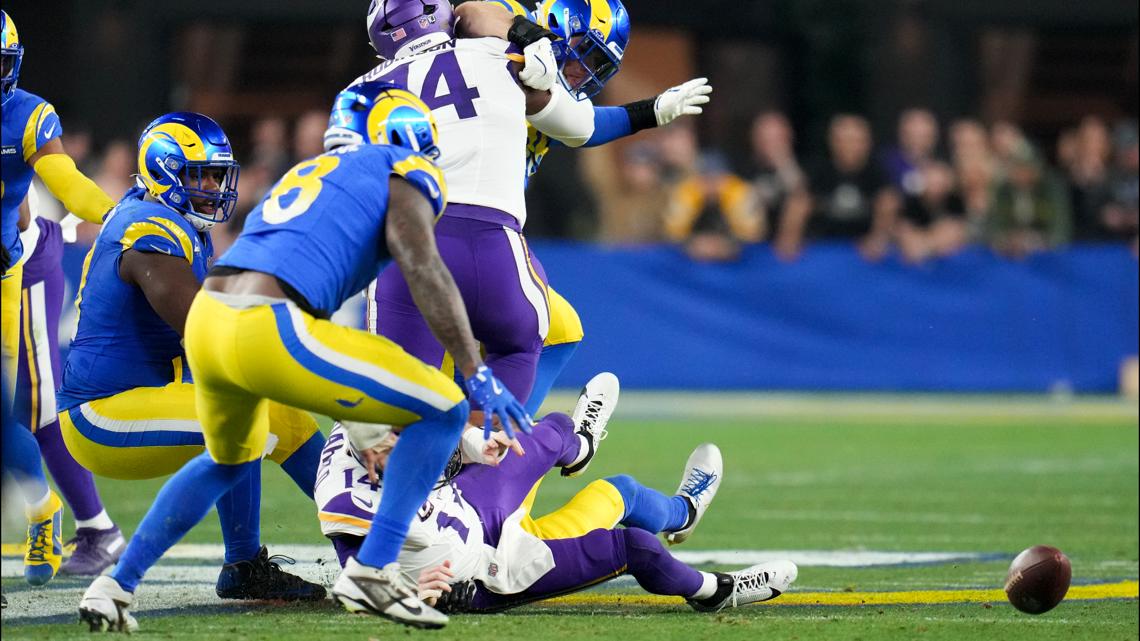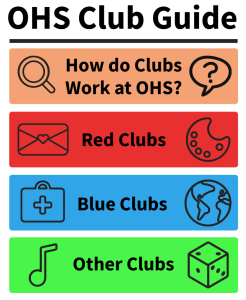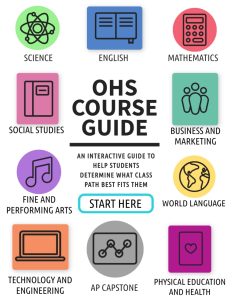Heavy backpacks weigh down high school students
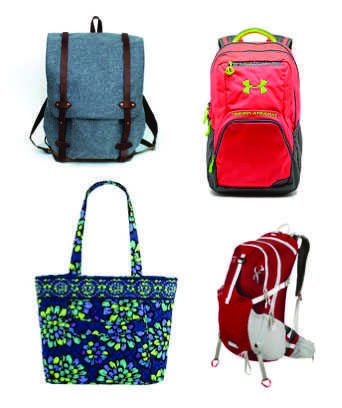
March 17, 2014
One of the things that most students can safely say about middle school is how much time between classes students were given to switch their books out. At Orono High School, that’s not the case. Many students haul around at least 10-lbs. backpacks, which has negative effects on their bodies.
“I’ve learned that stopping at my locker three to four times a day helps with the weight of my backpack because otherwise, it’s way too heavy,” junior Emma Betz said.
According to Spine Health–a back pain relief site–the back will compensate for any load applied to it for an extended period of time.
“I have lower back pain and very weak shoulders because of the weight from my backpack,” senior Madison Dunkley said.
A heavy backpack can distort the natural curves in the middle and lower back, causing muscle strain and irritation to the spine, joints and rib cage. It can also lead to rounding of the shoulders and cause a person to lean forward, reducing balance and making it easier to fall, according to Spine Health.
The American Chiropractic Association (ACA) said that young children are suffering from back pain much earlier than previous generations because of the weight in their backpacks.
“I had pains already in my lower back, but carrying around my backpack every day made the pain worse,” Dunkley said.
The weight of a backpack should be less than 10-15% of a student’s body weight, according to the American Academy of Orthopaedic Surgeons. An example is a child that weighs 100 pounds should have a backpack that weighs less than 15 pounds.
With that information, looking at the weight of the average high school student’s backpack is startling. Many students have reported carrying at least 15 pounds in their backpack on a regular basis.
“Sophomore year the straps on my bag ripped because it was so heavy,” senior Kenzie Shofner said.
Senior Sam Challgren got a camping backpack for this school year. Last school year, Challgren carried two backpacks because one did not fit all of his books and it was too heavy.
“I went to buy my backpack this year at Dick’s Sporting Goods and they were all too small, so I went to REI and got a camping backpack. I like it better,” Challgren said.
According to the ACA, backpacks should be worn on both shoulders, and the straps should preferably have thicker and padded straps. Carrying a backpack on one shoulder can cause the disproportionate weight to shift to one side, leading to neck and muscle spasms along with lower back pain.
A student’s backpack should never hang lower than four inches below the waistline. When a backpack hangs too low it puts more pressure on the shoulders, and causes the student to bend forward more, according to the ACA.
A backpack with many compartments is the best option to use because it distributes the weight more evenly in the students backpack. The ACA advises that packing pointier or bulkier objects farther away from the back is the best option.
Although more pockets are best in backpacks, a bigger backpack is not necessarily better. The more room there is in a backpack, the more a student will carry and the heavier it will be, according to the ACA.
With the technology becoming more dominant in education, students are given more ways to access school work electronically. Making the electronic switch takes time and many students still prefer the paper method.
“It’s annoying to carry [textbooks] around, but I love having the text versus having it online,” Betz said.
For more information or tips on how to help with back problems caused by backpacks, visit the American Chiropractic Association website or the American Academy of Orthopaedic Surgeons website.





